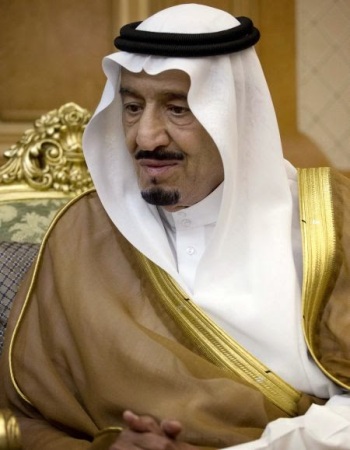(CNN)He was a Taliban commander captured by the United States and held at Guantanamo Bay. But he was let go and returned to Afghanistan. Mullah Abdul Rauf went on to become a recruiter for ISIS in Afghanistan.
He was killed in a drone strike Monday, two officials told CNN.
Rauf and five others were killed, four of them Pakistani militants, said Mohammed Jan Rasoulya, the deputy governor of southern Helmand province. A senior Afghan security source confirmed Rauf’s death.
The Washington Post, in a headline last month, called him “the shadowy figure recruiting for the Islamic State in Afghanistan.”
The New York Times called him the “militant commander at the center of the concerns in Helmand Province” but said some local Taliban figures “dismiss claims” that he had established “a significant new Islamic State cell in Helmand Province.”
He was known to many with the name “Khadim” tacked on to the end of his name.
“Until 9/11, the hard-nosed Khadim commanded (Taliban creator) Mullah Omar’s elite mobile reserve force, fighting regime opponents all over Afghanistan,” Newsweek wrote of Rauf in a 2011 list of list of most-wanted insurgents. “Arrested and sent to Guantanamo soon after the Taliban’s collapse, he was released in late 2007, having convinced his jailers that he wanted only to go home and tend his farm. Escaping from house arrest in Kabul, he fled to Pakistan.”
Although the United States does not publicize the names of detainees at Guantanamo, a document posted by WikiLeaks showed that the United States recommended Rauf be “transferred to the control of another country for continued detention” as early as 2004.
In a 2011 hearing of the House Subcommittee on Oversight and Investigations — part of the Armed Services Committee — a lawmaker asked about Rauf and another former detainee.
Ed Mornston, director of the Joint Intelligence Task Force of the Defense Intelligence Agency, responded that “there have been instances where detainees who have been transferred from Gitmo have reengaged and have been in the fight and have impacted the lives of U.S. service members. We do track that. I can’t discuss that much further in this open session, but we do in fact know that that has happened.”
*** But what else needs to be known about Afghanistan…..
Report: Afghan police-Taliban ties being investigated
KABUL, Afghanistan — Afghanistan’s national spy service is investigating the police force in Kunduz, a northern province that has fallen prey to criminal gangs, The New York Times reported Sunday.
So far at least 32 police officers have come under suspicion, a member of Parliament from Kunduz, Abdul Wadud Paiman, and other officials told the Times. Of those, more than a dozen police officers have been arrested, including several senior commanders, a spokesman for the governor, Wasi Basil, said. Others have been fired or suspended.
Mullah Mujahid, a Taliban commander in Kunduz province, was arrested last month. Under interrogation, the Times wrote, Mujahid began describing how police officers helped Taliban fighters, sometimes selling them ammunition, other times tipping them off to impending police operations, and began naming names, Paiman said.
The number of officers involved makes it one of the most significant corruption investigations within the national police force in years, the Times wrote. Although the police force in Afghanistan has a reputation for corruption, charges are rare.
Security in the province, which shares a border with Tajikistan, has worsened in recent years. By some estimates, Kunduz has about 3,000 armed militiamen, the paper reported.
By late last year, with most foreign troops departed, the Taliban effectively controlled two of the districts in Kunduz. President Ashraf Ghani has declared Kunduz a priority and appointed a new governor and security officials for the province. The army sent in troop reinforcements from a neighboring province.
It is not entirely clear why the most recent arrest of Mujahid, in mid-January, turned out so differently from his previous arrests, Paiman is reported as saying.
Mujahid, who is 30 years old and whose actual name is Anwar ul Haq, remains in custody, Paiman said, telling the Times, “Mullah Mujahid confessed in the interrogation and named who helped them from within the police.”
For the moment, it is not entirely clear whether investigators believe Mujahid’s allegations are credible. But the accusations against the officers go beyond selling ammunition, a not uncommon form of corruption, officials said.
Some have been accused of “sending information to the militants so that the Taliban could plan their attacks or ambushes,” Basil told the Times.

